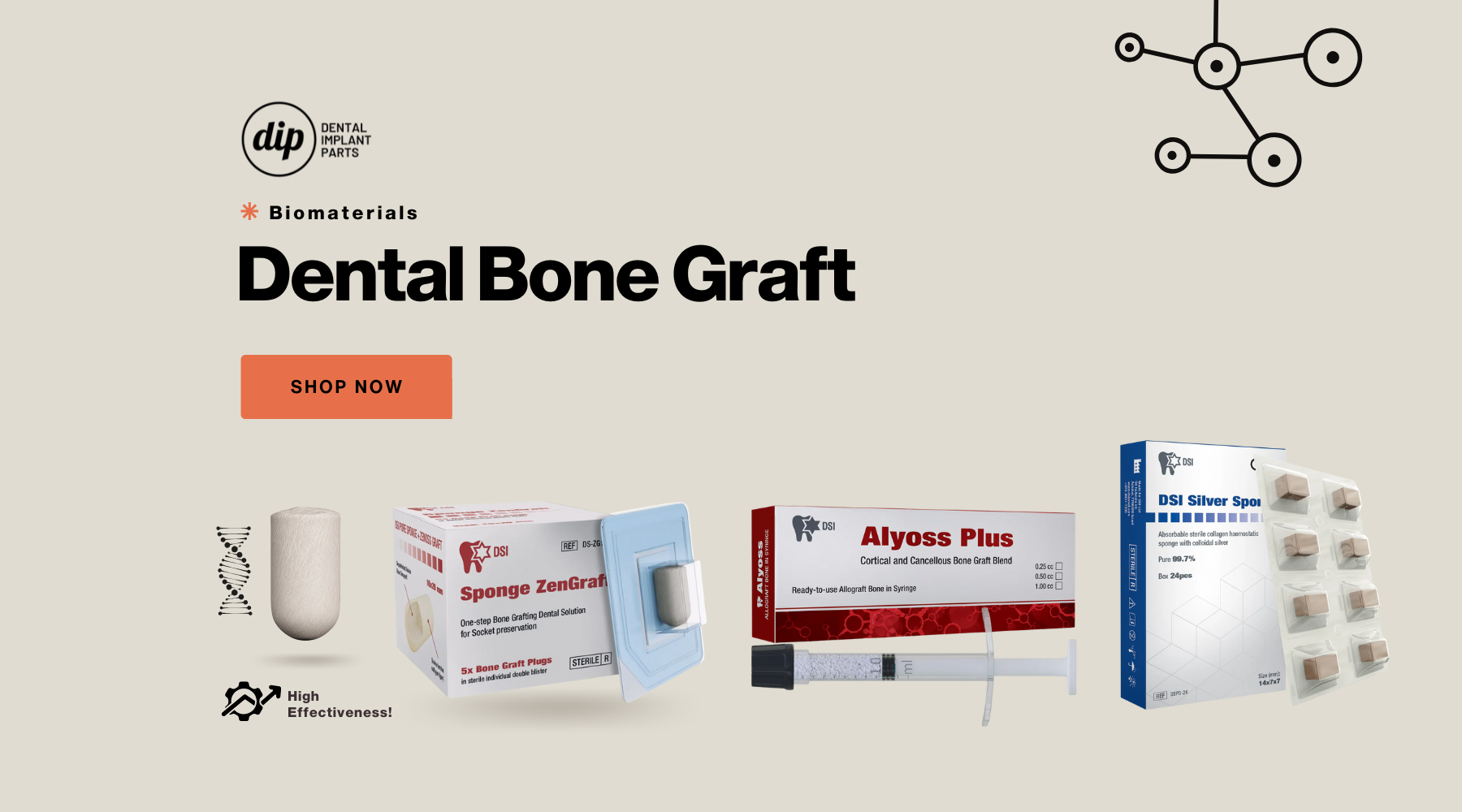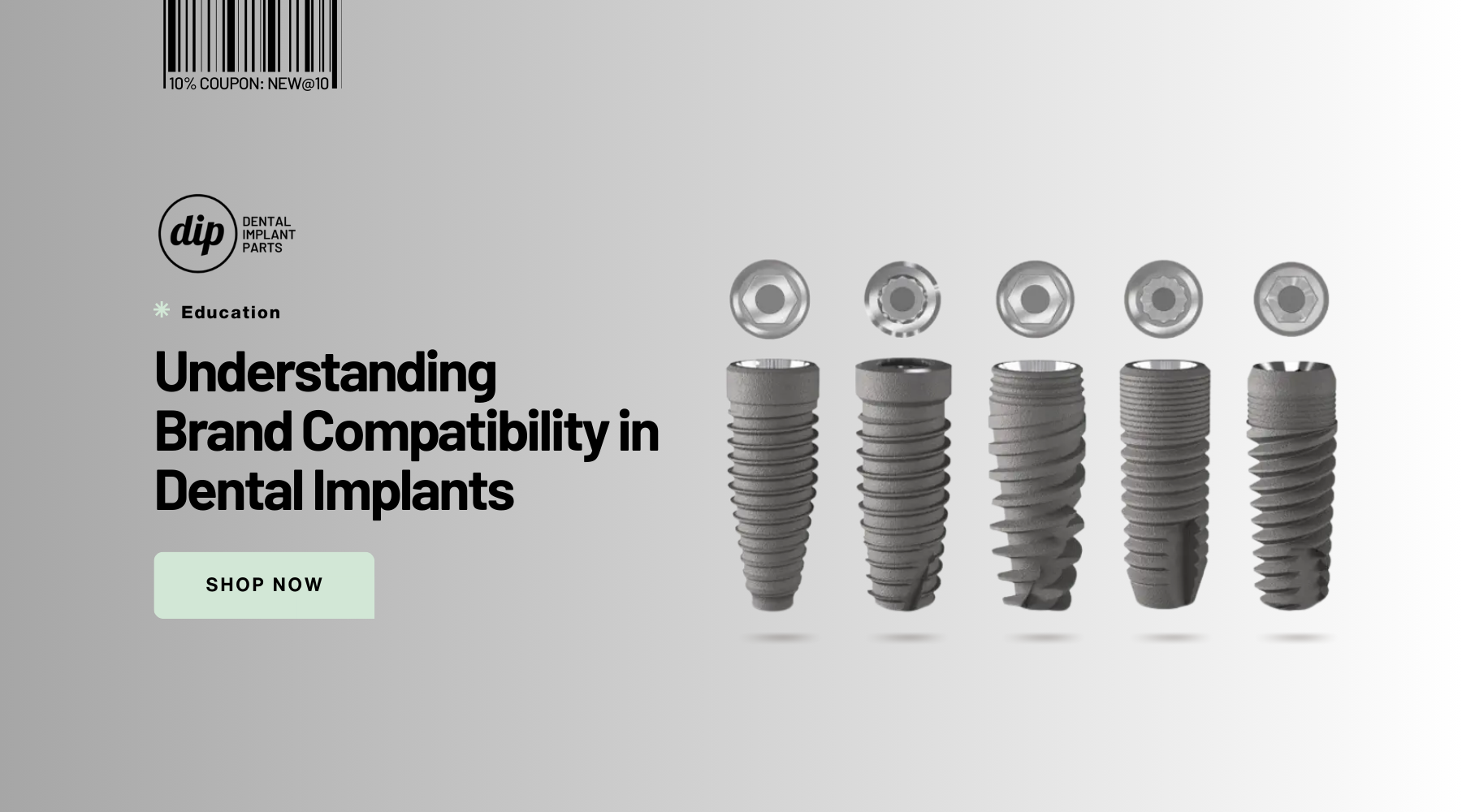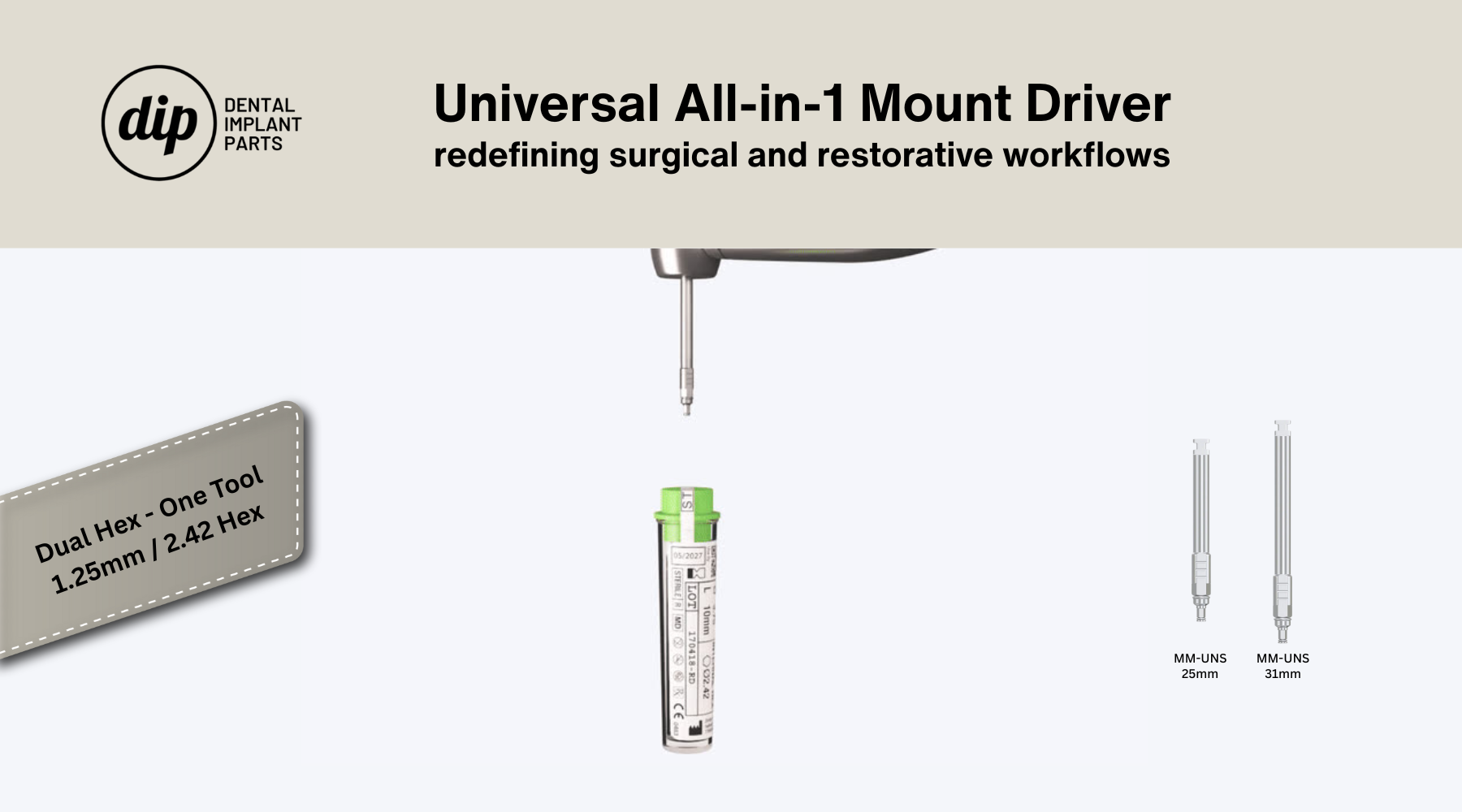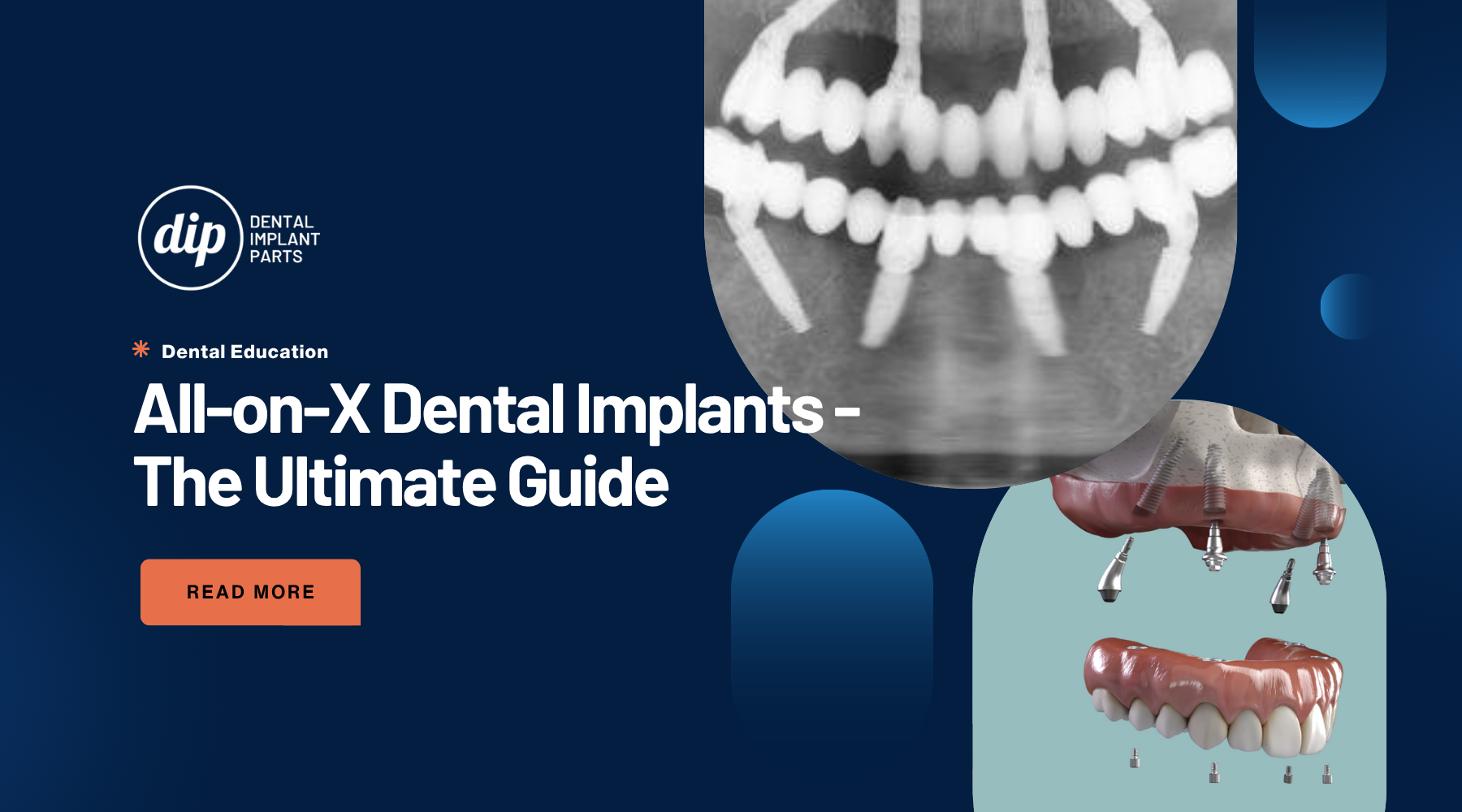Whether you're a clinician performing socket-preservation after extractions or prepping for complex full-arch restorations, choosing the right dental bone graft is crucial. At DIP Dental, we believe in giving dental professionals both knowledge and tools—which is why we offer an extensive and growing line of grafting materials: granules, blocks, gels, membranes, and collagen sponges. Here's a deep dive into each type—what they do, why they work, and how to pick the best match for your cases.
1. Granules: Versatile & Reliable
Bone graft granules are among the most common options—they’re ideal for filling defects or preserving sockets after extraction.
Why dentists choose them:
-
Handling flexibility: Granules can be packed into small voids or layered for bigger defects.
-
Material variety: Our granules come in allograft (human-derived), xenograft (bovine/porcine), or alloplast (synthetic) forms.
-
Biological support: Act as scaffolds (osteoconduction), encouraging your patient’s existing bone to grow into the graft.
2. Block Grafts: Structural Support for Ridge Augmentation
When you're working with narrow ridges or planning implant placement in atrophic sites, block grafts offer rigid, structural support.
Clinicians love block grafts because:
-
They can be shaped to rebuild bone height or width.
-
They provide long-term volume stabilization—ideal for delayed implant placement.
-
Our blocks come in both cortical and cortico-cancellous compositions, depending on your needs.
3. Gel-Formulated Grafts: Easy and Patient-Friendly
Imagine a graft you can syringe directly into a socket—no packing, no mess.
That's bone graft gel in a nutshell:
-
Precision placement—great in tight surgical sites.
-
Hydrating consistency—integrates quickly with bleeding tissue.
-
Bacteriostatic options are available to reduce infection risk.
Gels are increasingly favored for minimally invasive procedures and extraction socket preservation.
4. Collagen Sponges & Cubes: Hemostasis Meets Regeneration
Our line of collagen sponges (including impregnated options with bone graft) are great for immediate post-extraction needs:
➤ Provide clot stability and immediate hemostasis
➤ Maintain ridge contour during healing
➤ Combine collagen with granules for gradual bone regeneration
Because they’re resorbable and easy to use, they’re a top pick for quick chairside applications.
5. Barrier Membranes: Essential for Guided Bone Regeneration
Membranes are a key component for guided bone regeneration (GBR) procedures:
-
Barrier: Prevents soft tissue in-growth
-
Stabilization: Holds graft in place
-
Absorbable vs non-absorbable options suited to your timeline and technique
Our resorbable collagen membranes offer reliable performance without needing removal—ideal for single-surgery GBR.
Understanding Graft Sources & Biologic Action
An effective dental bone graft depends on both source and function:
-
Autografts (patient's own bone): osteogenic + osteoinductive + osteoconductive (gold standard)
-
Allografts (human donor): osteoconductive, with some growth factors retained
-
Xenografts (animal source): osteoconductive, stable volume retention
-
Alloplasts (synthetic): osteoconductive, resorption rates vary
DIP Dental carries all four categories so you can tailor-treatment to the clinical need.
Why Your Choice Matters
The right bone graft:
-
Enables successful osseointegration
-
Shapes the ridge for aesthetic outcomes
-
Prevents bone collapse
-
Reduces need for future grafting
At DIP Dental, we’re committed to offering solutions for every stage—from single extractions to sinus lifts, ridge builds, and full-arch cases.
How to Choose the Best Graft
Case type: extraction? ridge deficiency? sinus lift?
Volume needed: granules for small jobs, blocks for structural rebuilds
Healing timeline: gel for fast chairside healing; blocks/membranes for delayed implants
Patient factors: smoking or history of periodontal disease—choose materials with better stability
Budget: synthetic grafts are cost-effective; xenografts offer stable volume; allografts mimic natural bone
DIP Dental: Supporting You From Surgery to Restoration
Here’s how we ensure you’re equipped for success:
-
Wide product range — granules, blocks, gels, sponges, membranes
-
Clinical-grade materials — bovine, porcine, synthetic, and human allograft
-
Accessories included — syringe gels, collagen plugs, and matching membranes
-
Bulk and sample options — so you can trial before stocking up
-
Fast shipping and friendly support — we answer your grafting questions and help with compatibility
Clinical Tips: Maximize Graft Success
➤ Stabilize the graft using membrane or flap closure
➤ Avoid exposure—protect grafted sites with collagen or sutures
➤ Control infection with aseptic technique, rinse, and post-op care
➤ Plan your implant timing (4–6 months for granules/blocks; 8–12 months for large reconstruction)
In Summary
A successful implant begins with a reliable dental bone graft strategy—and DIP Dental offers the depth and quality to support it. From granules to membranes, we’re your one-stop graft shop, delivering clinical reliability and practical convenience.
Ready to explore?
➤ Check out our complete grafting catalog: dipdental.com/collections/biomaterial
💬 Need help with case planning or sample sizing? Contact us today!




